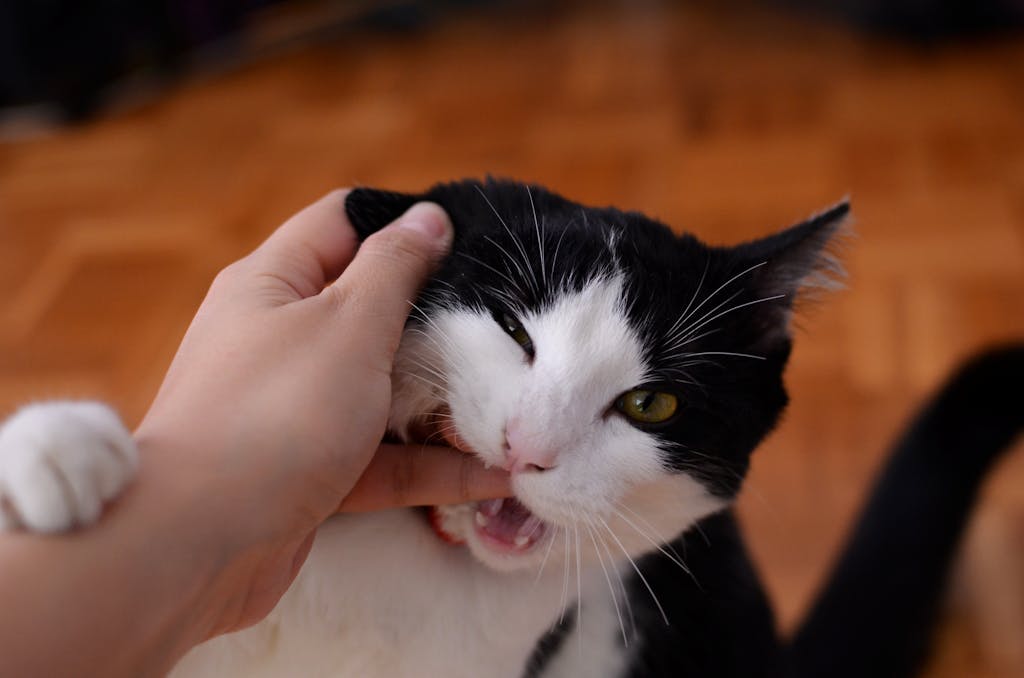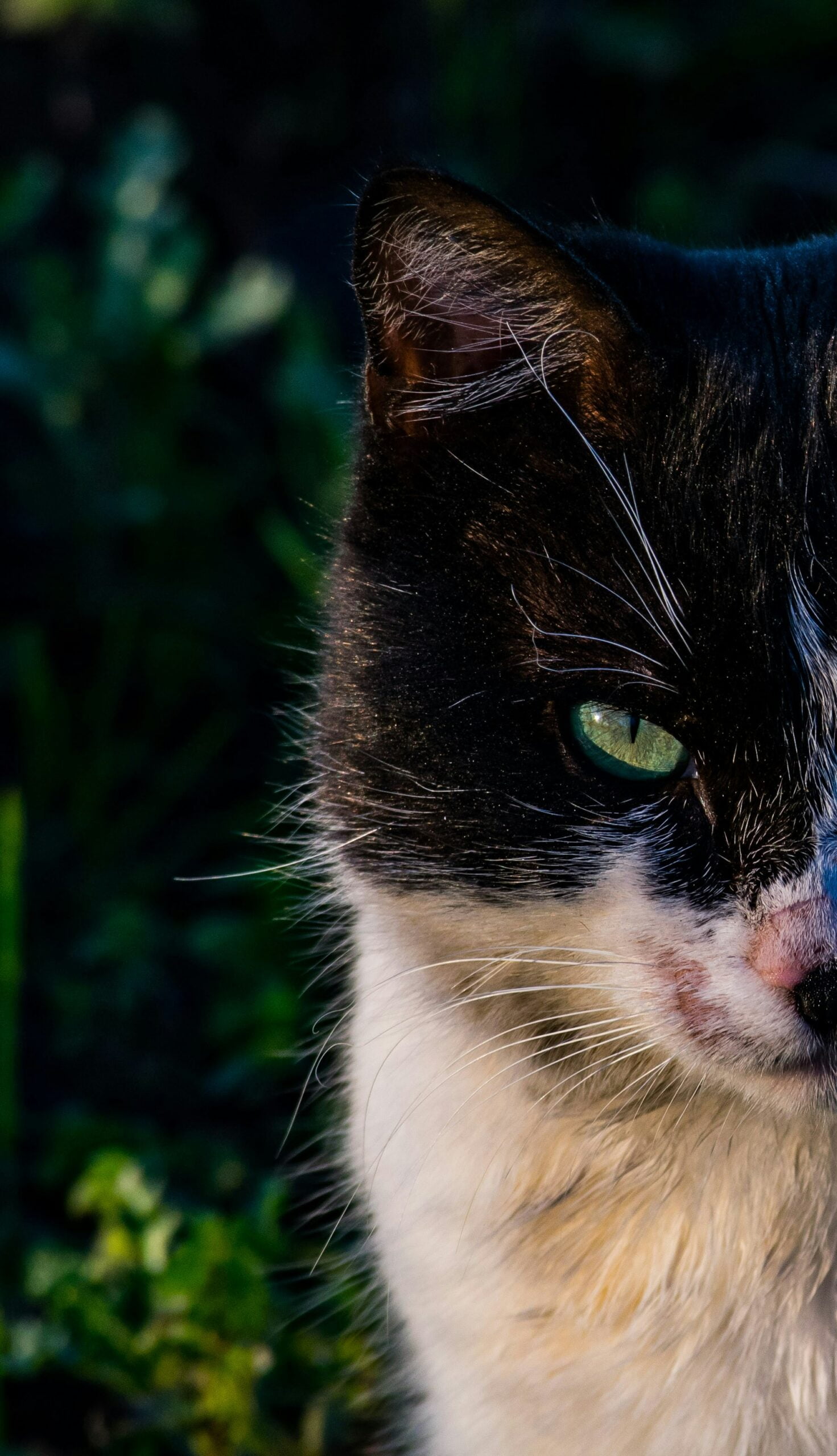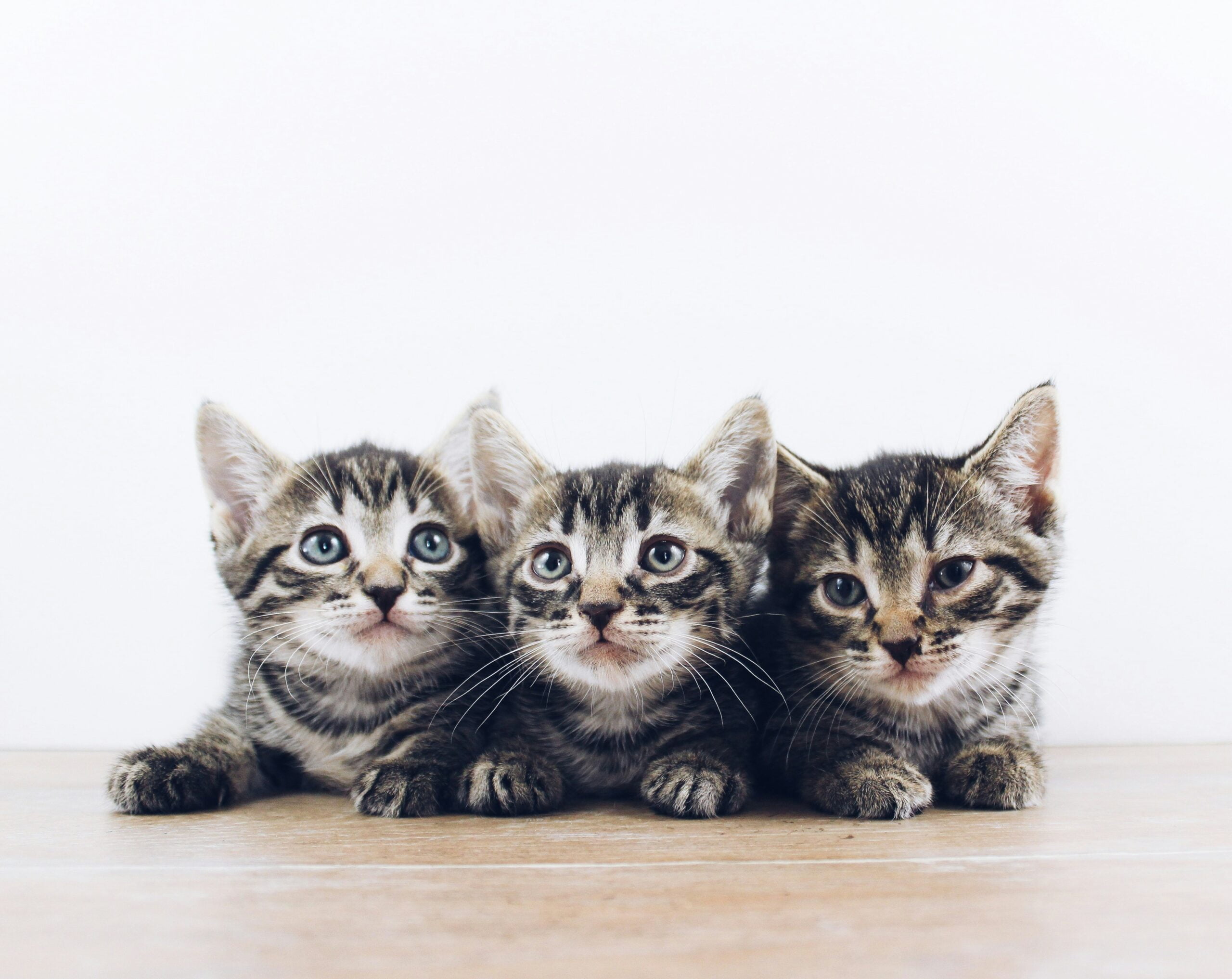
Understanding Why Cats Bite
Cats are adorable and playful creatures, but sometimes they can exhibit behavior that is less than desirable. One common issue that cat owners face is biting. Whether it’s a playful nibble or an aggressive bite, it’s important to understand why cats bite in order to address the issue effectively.
There are several reasons why cats bite:
- Playfulness: Cats are natural hunters, and their biting behavior is often a result of their playful nature. They may bite during playtime as a way to engage with their owners or fellow feline companions.
- Fear or Aggression: Cats may bite when they feel threatened or scared. This can happen in situations where they are cornered or when they perceive a threat to their territory.
- Pain or Discomfort: Cats may resort to biting if they are in pain or experiencing discomfort. This could be due to an injury, illness, or even a reaction to certain stimuli.
- Overstimulation: Cats have sensitive senses, and they can become overstimulated by excessive petting or handling. Biting may be their way of expressing their need for space.
Addressing Playful Biting
Playful biting is a common behavior in cats, especially kittens. While it may seem harmless, it’s important to discourage this behavior to prevent it from escalating into more aggressive biting habits. Here are some strategies to tackle playful biting:
1. Provide Appropriate Toys
Cats need an outlet for their hunting instincts, and providing them with appropriate toys can redirect their biting behavior. Interactive toys such as feather wands or puzzle toys can keep them mentally and physically stimulated.
2. Use Positive Reinforcement
When your cat engages in appropriate play behavior, reward them with praise and treats. Positive reinforcement can help them associate good behavior with rewards, encouraging them to continue engaging in appropriate play without resorting to biting.
3. Avoid Rough Play
Avoid engaging in rough play with your cat, such as using your hands as toys. This can confuse them and make them more likely to bite. Instead, use toys or wand teasers to keep playtime interactive and safe.
4. Redirect Biting Behavior
If your cat starts biting during playtime, redirect their attention to a toy or a scratching post. This teaches them that biting is not an acceptable behavior and provides them with an alternative outlet for their energy.
Dealing with Fear or Aggression Biting
When a cat bites out of fear or aggression, it’s essential to address the underlying cause of their behavior. Here are some strategies to deal with fear or aggression biting:
1. Create a Safe Environment
Ensure that your cat has a safe and secure environment where they can retreat when they feel threatened. Provide hiding spots, elevated perches, and separate feeding areas for multi-cat households to reduce territorial disputes.
2. Gradual Desensitization
If your cat is fearful or aggressive towards specific situations or stimuli, such as loud noises or unfamiliar visitors, gradually expose them to these triggers in a controlled manner. Start with low-intensity exposure and reward them for calm behavior.
3. Consult a Professional
If your cat’s fear or aggression biting persists or escalates, it may be beneficial to seek the help of a professional animal behaviorist or veterinarian. They can assess the situation and provide tailored advice and strategies to address the specific issue.
Addressing Biting Due to Pain or Discomfort
If your cat is biting due to pain or discomfort, it’s crucial to identify the underlying cause and seek appropriate veterinary care. Here are some steps to take:
1. Schedule a Veterinary Visit
If you suspect that your cat’s biting behavior is related to pain or discomfort, schedule a visit with your veterinarian. They can conduct a thorough examination and run any necessary tests to identify the underlying issue.
2. Follow Veterinary Recommendations
Once your veterinarian has diagnosed the cause of your cat’s biting behavior, follow their recommendations for treatment. This may include medication, dietary changes, or other interventions to alleviate pain or discomfort.
3. Provide a Comfortable Environment
Ensure that your cat has a comfortable environment to aid in their recovery. Provide a cozy bed, easy access to food and water, and minimize any potential stressors that could exacerbate their discomfort.
Managing Biting Due to Overstimulation
Cats can become overstimulated by excessive petting or handling, leading to biting as a way to communicate their need for space. Here’s how you can manage biting due to overstimulation:
1. Learn Your Cat’s Body Language
Pay attention to your cat’s body language and learn to recognize the signs of overstimulation. These may include twitching tail, flattened ears, dilated pupils, or a tense body posture. When you notice these signs, give your cat some space.
2. Set Clear Boundaries
Teach your cat that biting is not acceptable by setting clear boundaries. If your cat starts to bite during petting, calmly withdraw your hand and give them a chance to calm down. This helps them understand that biting leads to the end of the interaction.
3. Provide Alternative Forms of Affection
If your cat becomes overstimulated by petting, find alternative ways to show them affection. This could include gentle brushing, interactive play sessions, or providing them with a cozy spot to relax on their own terms.
4. Gradually Increase Handling
If your cat is prone to overstimulation, gradually increase the duration and intensity of handling over time. This helps them build tolerance and reduces the likelihood of biting due to overstimulation.
Conclusion
Understanding why cats bite is the first step in addressing this behavior. Whether it’s playful biting, fear or aggression biting, biting due to pain or discomfort, or biting due to overstimulation, there are strategies you can employ to manage and prevent biting. By providing appropriate toys, using positive reinforcement, creating a safe environment, addressing pain or discomfort, and managing overstimulation, you can help your cat develop healthier behaviors and strengthen your bond with them.






